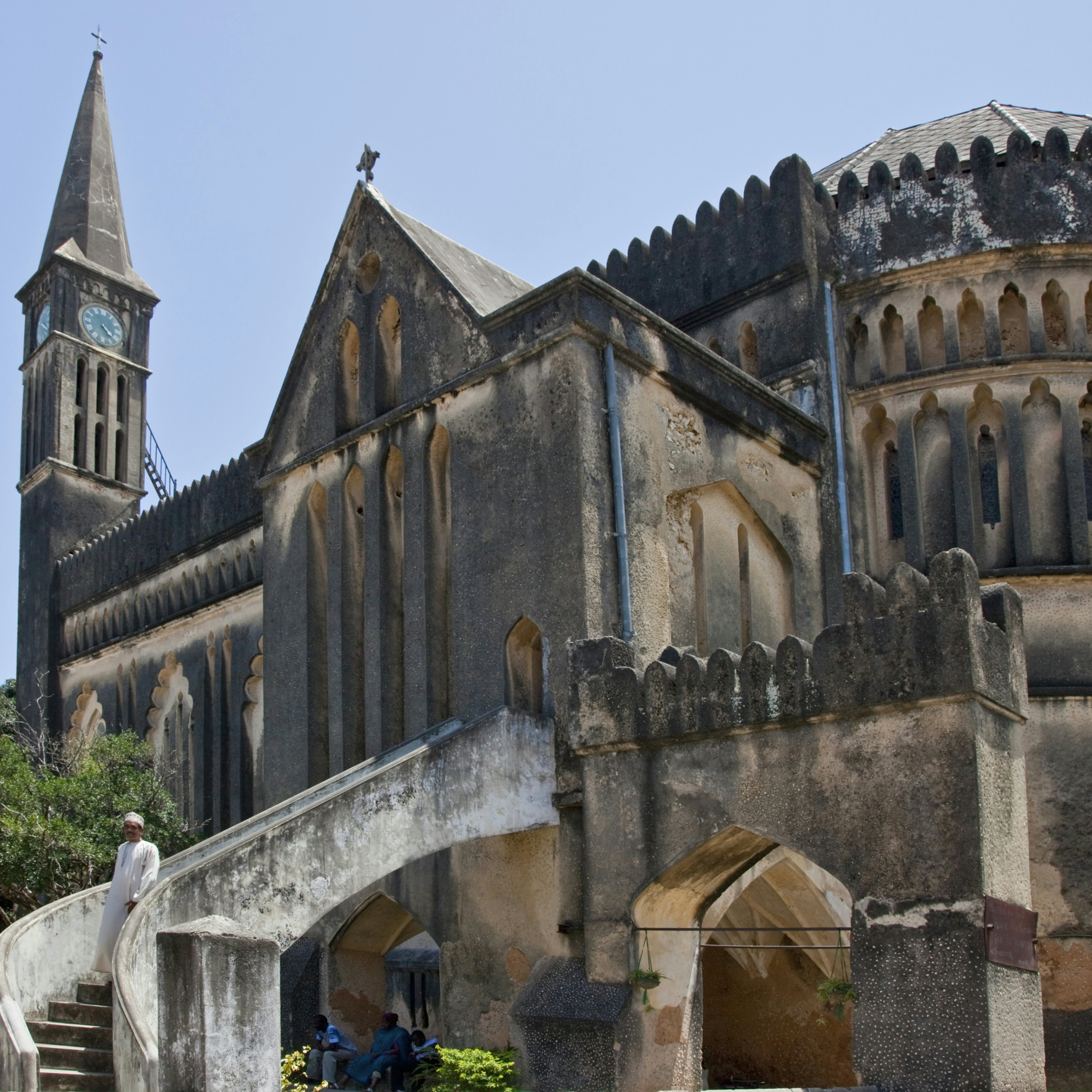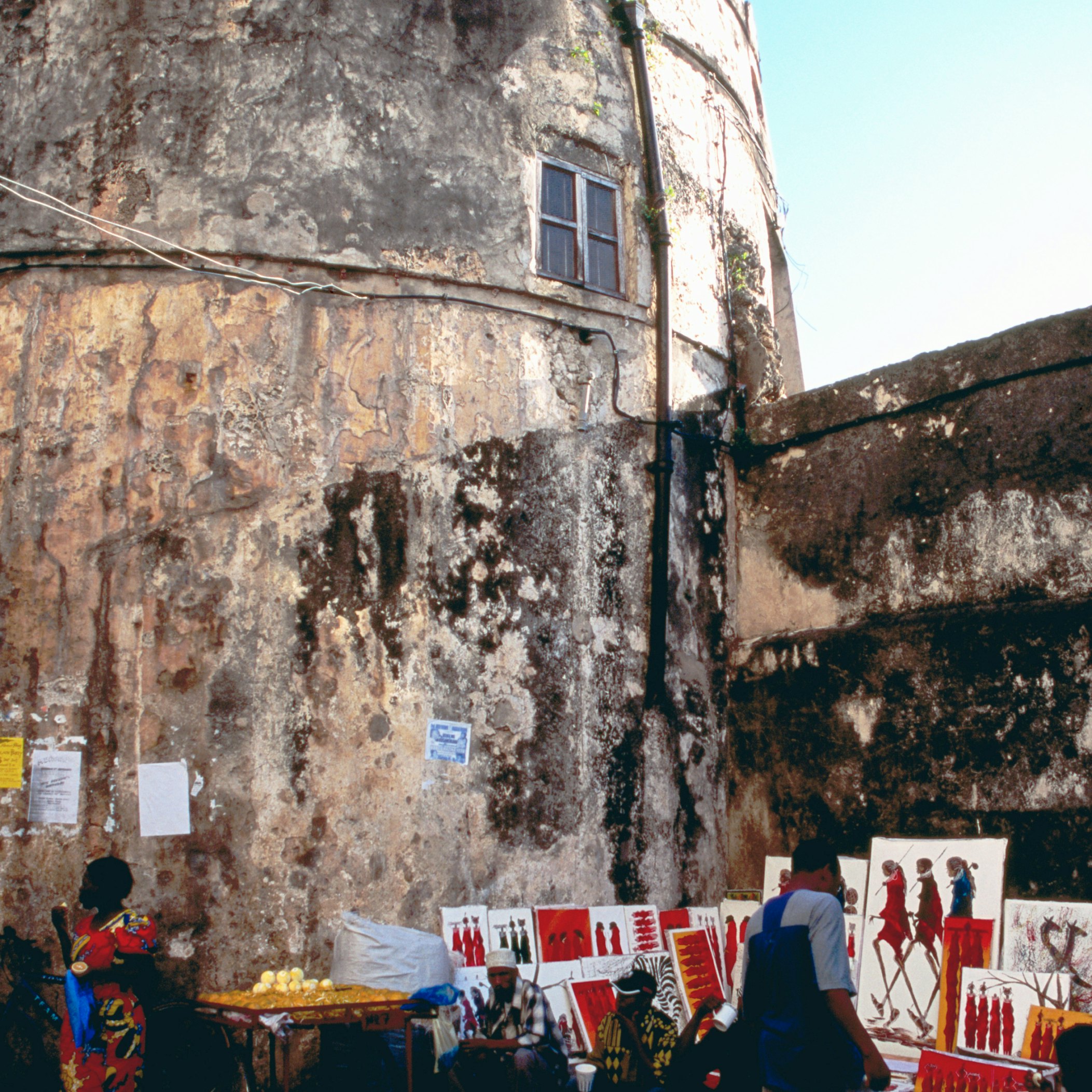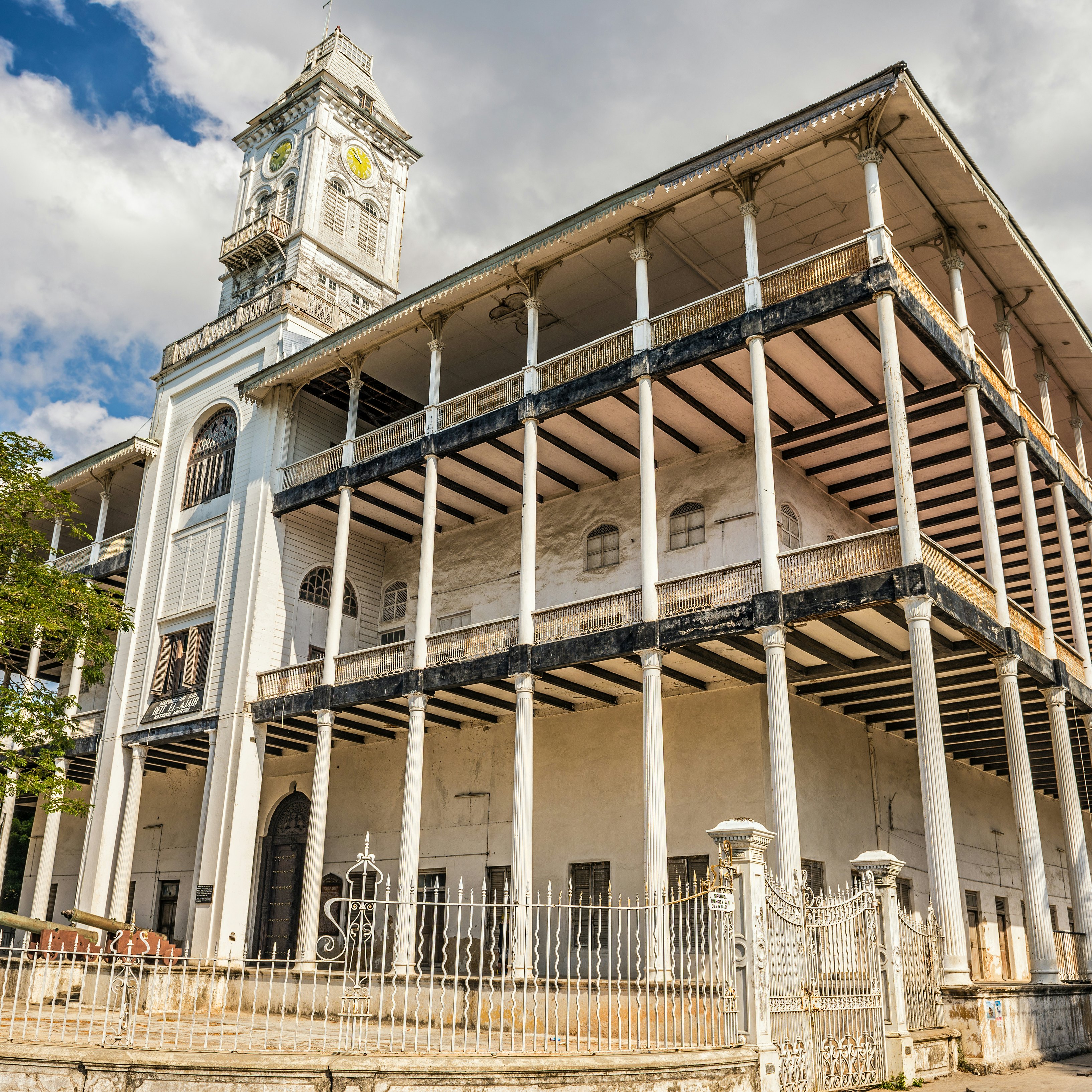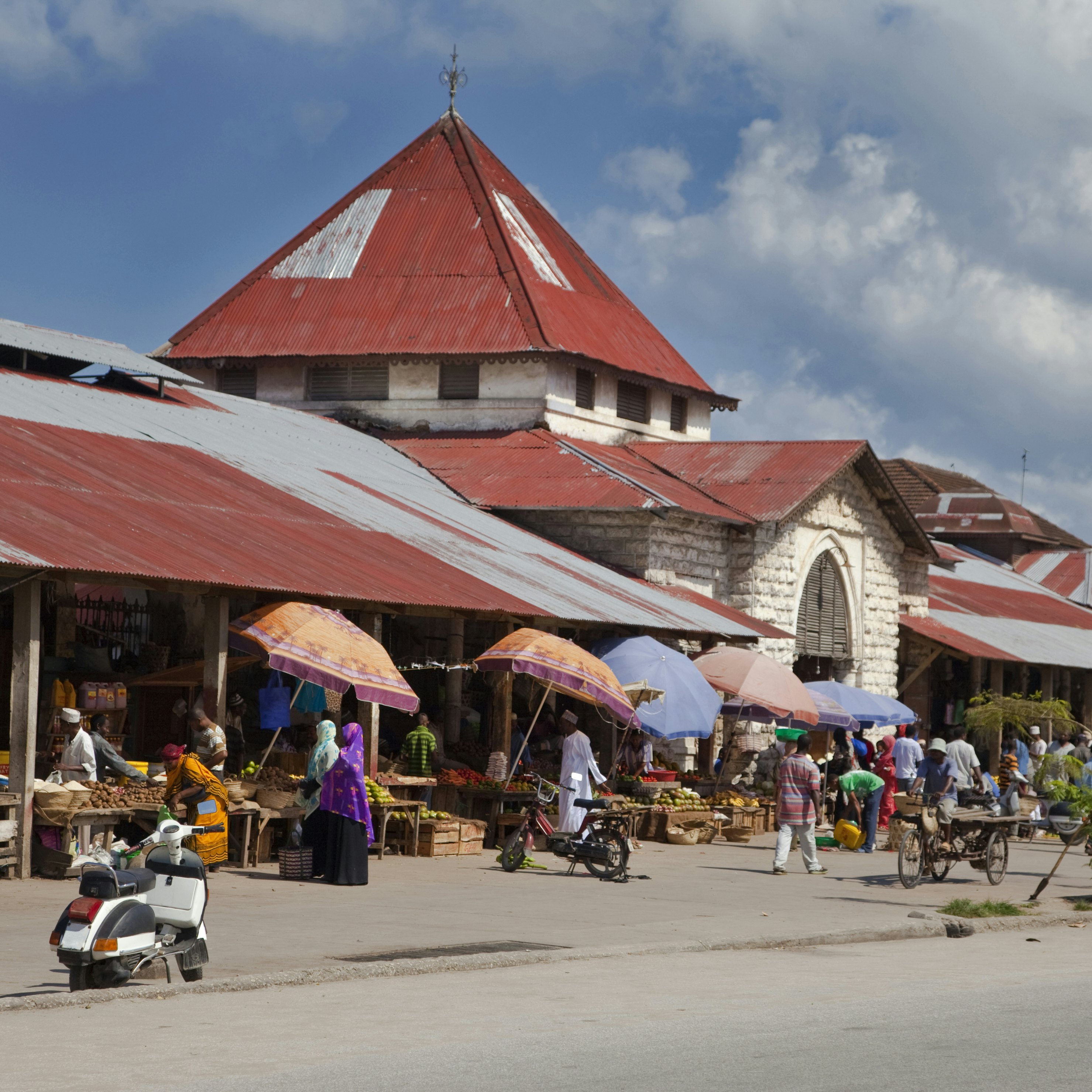
Overview
Zanzibar Island is a jewel in the ocean, surrounded by beaches that rate among the finest in the world. Here you can swim, snorkel or just lounge the hours away, while shoals of luminous fish graze over nearby coral gardens and pods of dolphins frolic offshore.
Leave the planning to a local expert
Experience the real Zanzibar Island. Let a local expert handle the planning for you.
Must-see attractions
Get a book. Get inspired. Get exploring.
in partnership with getyourguide

















